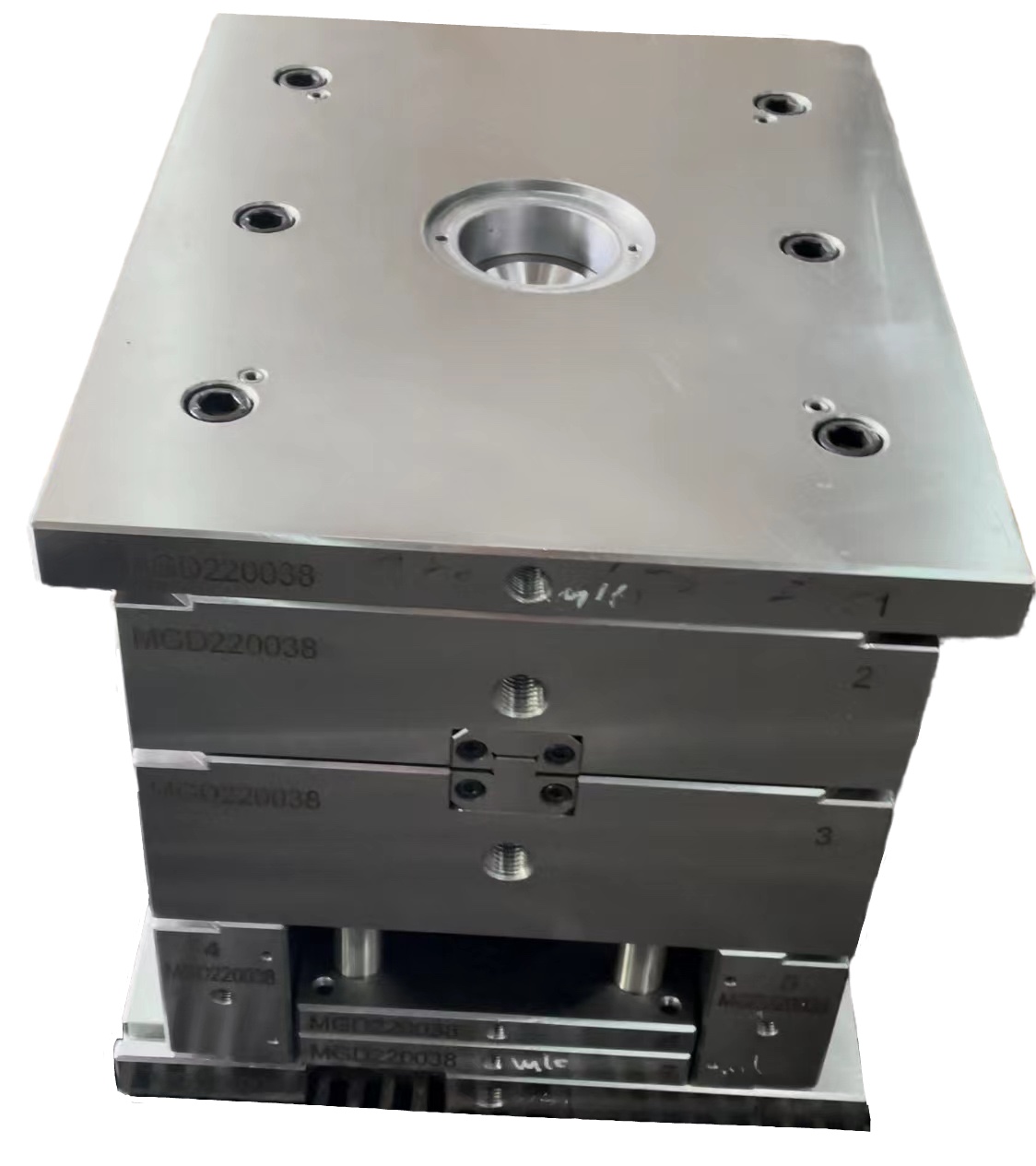Introduction to Copper's Role in Green Technology
In recent years, South Korea has emerged as a global leader in technological innovation, particularly in the field of green technology. As the country strives to meet its sustainability goals and lower carbon emissions, the demand for copper has surged. This essential metal plays a pivotal role in manufacturing various green technologies, including electric vehicles (EVs), renewable energy systems, and energy-efficient appliances.
The Boom of Electric Vehicles and Their Copper Needs
The South Korean automotive industry is rapidly transitioning towards electric vehicles (EVs). Major manufacturers are investing heavily in EV production, which directly correlates with an increased demand for copper. A typical EV requires approximately three to four times more copper than a conventional internal combustion engine vehicle. This elevated copper requirement stems from its use in batteries, wiring, and electric motors. As South Korea aims to increase its EV market share, the urgency for copper has intensified.
Investing in EV Infrastructure
To support the growth of electric vehicles, South Korea is also expanding its charging infrastructure. Each charging station necessitates significant quantities of copper for wiring and installations. With the government pledging to increase the number of charging stations across the country, the demand for copper will only continue to rise.
Renewable Energy: The Need for Copper
Apart from the automotive sector, renewable energy technologies such as solar panels and wind turbines are major contributors to copper consumption. Copper is used extensively in the manufacturing of solar cells and in wind turbine generators. South Korea is committed to boosting its renewable energy efforts, with plans to derive a significant portion of its energy from renewables by 2030. This shift necessitates substantial amounts of copper.
Government Initiatives Supporting Renewable Energy
The South Korean government has introduced various initiatives to promote renewable energy production. These include subsidies for solar energy suppliers and incentives for companies adopting wind technology. Such policies not only enhance the country’s green technology capabilities but also enhance copper's market prospects, fostering a virtuous cycle of demand.
The Importance of Recycling Copper
As the demand for copper escalates, so does the focus on sustainable practices. Recycling copper is a critical component of meeting the rising demand without excessively depleting natural resources. South Korea has been proactive in establishing efficient recycling systems to recover copper from electronic waste, discarded appliances, and other sources. This environmentally-friendly approach helps mitigate the effects of mining while ensuring a steady supply of copper to support green technology applications.
Building a Circular Economy
The development of a circular economy around copper not only addresses the sustainability concerns tied to mining activities but also better positions South Korea in the global market. By increasing domestic recycling capacities, companies can create a closed-loop system that maximizes the usage of existing materials instead of relying solely on new copper extraction.
Future Projections for Copper Demand in South Korea
Experts predict that the demand for copper in South Korea's green technology sector will continue to soar. With ambitious goals set by the government for expanding EV adoption and renewable energy utilization, it is estimated that copper consumption in these sectors could double by 2030. Such projections underline the necessity for strategic planning around copper sourcing, recycling, and conservation efforts.
Implications for South Korean Businesses
For South Korean businesses, the rising demand for copper presents both challenges and opportunities. Companies involved in copper production and recycling stand to benefit enormously. In contrast, those reliant on traditional supply chains may face disruptions as global market dynamics shift to accommodate growing green technology needs. Investing in innovative solutions and partnerships could be the key to thriving in this evolving landscape.
Conclusion: Embracing the Copper Future
As South Korea positions itself as a leader in green technology, the increasing demand for copper cannot be ignored. From electric vehicles to renewable energy sources, copper's role is integral in achieving the country’s sustainability targets. With effective recycling initiatives and government support, South Korea can build a robust copper supply chain that meets the needs of its burgeoning green technology sector. By embracing this *copper future*, South Korea can spearhead innovation while fostering a sustainable economy that benefits all its citizens.

